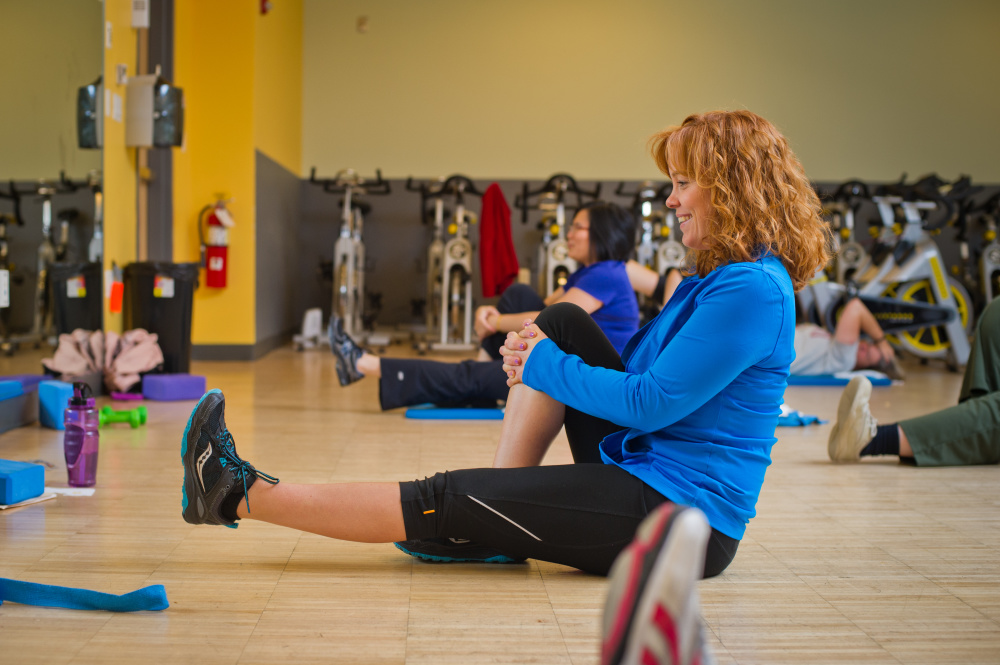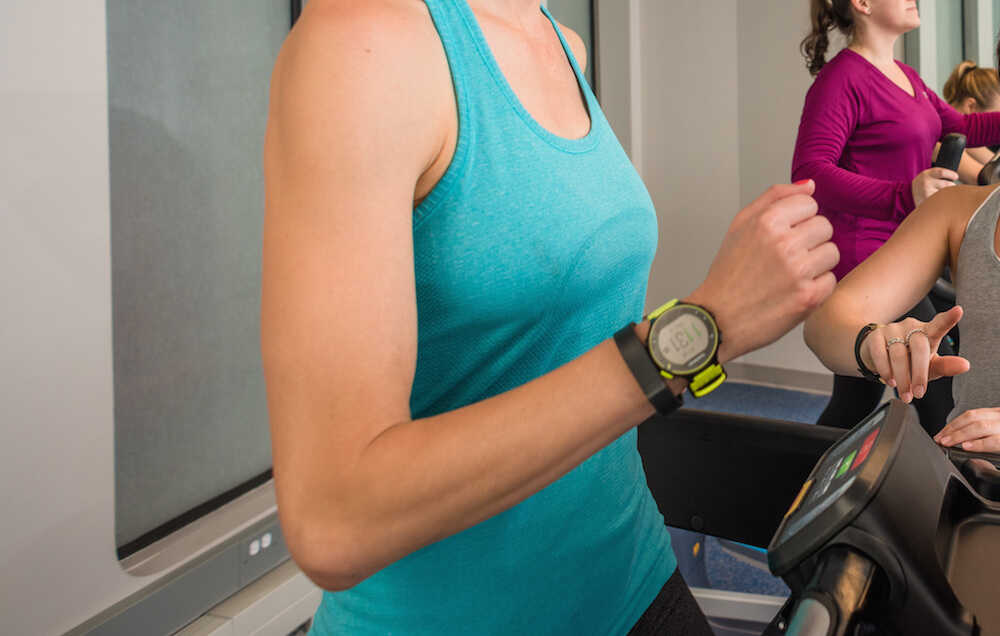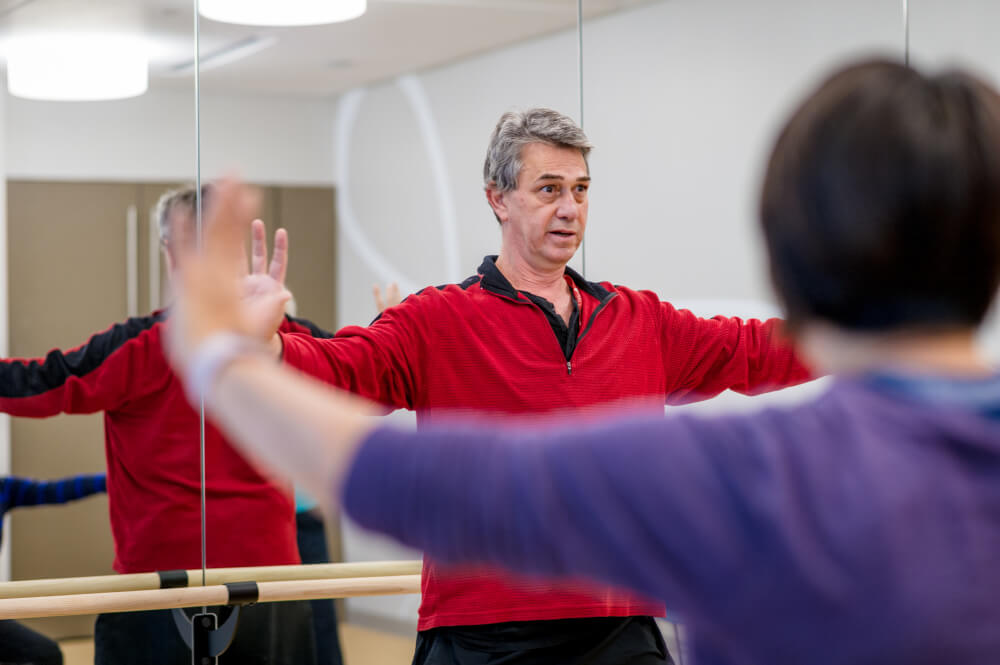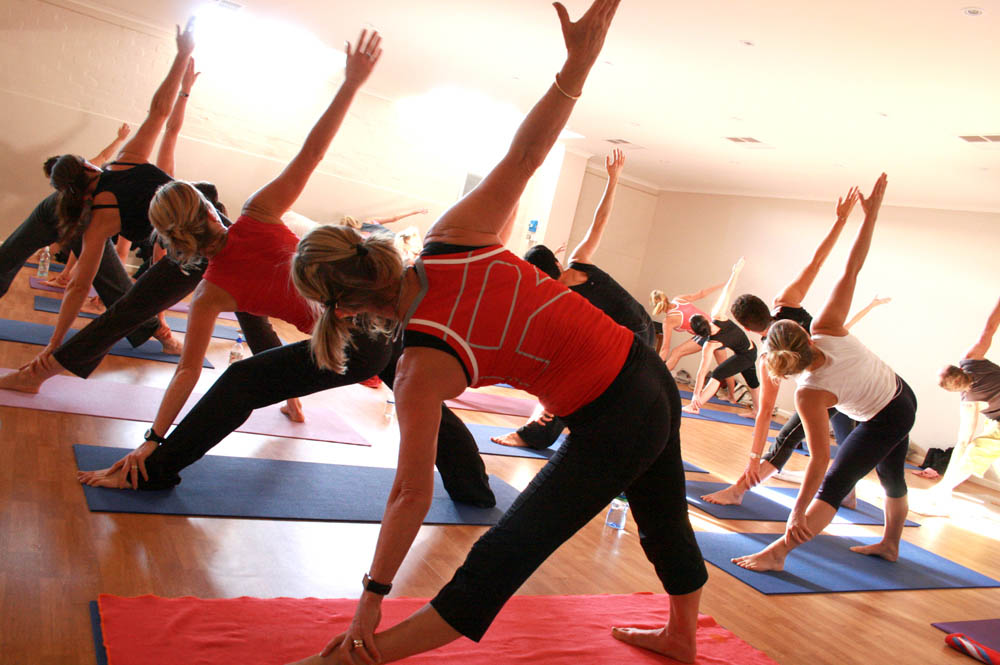Rest is an important part of cancer treatment, but exercise has been shown to improve quality of life and functionality, if done safely.
Here are some general tips on exercising from Dana-Farber’s exercise physiologist Nancy Campbell, who offers exercise consults to cancer patients and survivors through the Leonard P. Zakim Center for Integrative Therapies and Healthy Living.

Start low and go slow. Before you start exercising, you should check in with your medical team to make sure they don’t have any concerns. Once they have given you clearance, it is important to start slowly. As you are starting to establish a routine, I recommend finishing your routine knowing you could have done a little bit more. Set yourself up for success and make your activity enjoyable—not exhausting.
Fatigue is one of the most common and frustrating side effects of treatment, and exercise is one of the most helpful ways to help you increase your energy. It seems counterintuitive, but even a short walk around your house, or to the end of the driveway and back, can help take the edge off the fatigue. As you get stronger, you may find that breaking up your exercise into two or three 10-minute bouts over the course of the day is helpful.
Keep track of your exercise. There are so many ways to keep track of your progress with exercise. Maybe it’s a calendar on your refrigerator, or an activity tracker that you wear that monitors your exercise on a website or phone app. The main goal of tracking is to keep you aware of how much activity you are getting and remind you of its importance.

Focusing on consistency instead of the exercise’s duration or intensity will help your body get adjusted to incorporating activity into your lifestyle. While your body is recovering from treatment, you want to avoid doing a big bout of activity that leaves you exhausted and unable to exercise again a day or two later. Listening to your body will make it easier to progress and get stronger.
Set SMART goals. Many survivors find it helpful to set a daily or weekly exercise goal to keep them on track. Make sure that your goal is S.M.A.R.T; Specific, Measurable, Attainable, Relevant and Time-bound. For example, instead of “I will exercise more,” say, “I will walk on Monday, Wednesday and Friday morning from 10 to 10:20 am.” Setting goals like this will help with accountability and focusing on small changes to help reach your wellness goals.
Decrease sedentary time. Exercise should be more than an event in your day; the goal is to stay as active as possible throughout your day. Look for creative ways to add more movement into your day. Many of the activity trackers on the market will buzz when you have been inactive for more than an hour. Another option is to set a reminder to get up every hour in your computer or mobile device, or to download an app that will buzz and remind you to move. As few as 250 steps an hour, or two to three minutes of walking, can help with fatigue and the harmful effects of being sedentary. Try parking further away when you are running errands, taking the stairs, or getting off the bus one stop earlier and walking.
Look for resources. Consider turning to a fitness expert for help in elevating your fitness routine. It’s a good idea to find a fitness expert who has experience working with survivors. The American Cancer Society and the American College of Sports Medicine now offer a certification to become a Cancer Exercise Trainer, so consider finding a trainer who holds such accreditation. You can also try the YMCA, which has teamed with the Livestrong organization to offer a 12-week exercise program for survivors in communities nationwide.
You may also be eligible for exercise-based clinical trials for cancer survivors. These can be a great – and often, free – way to pursue your exercise goals with guidance from exercise professionals. Find trials by visiting www.clinicaltrials.gov and entering “exercise and survivors” in the search box.
The Leonard P. Zakim Center for Integrative Therapies and Healthy Living also offers exercise consultations, as well as a variety of group movement programs, including free classes in qigong, tai chi, and yoga.

Choose an exercise you enjoy. You’re more likely to stay active if you enjoy what you’re doing. Many cancer patients choose walking as their preferred exercise, but other examples include bicycling, swimming, or elliptical. You may also benefit from mind and body exercises, such as Qigong, tai chi, and yoga.

Start at a pace that matches your fitness level. Ideally, you’ll want to build up to at least three hours of moderate activity every week to help reduce your fatigue. But don’t try to increase your activity level by more than 10 percent a week. So, for example, if you normally go for a 10-minute walk every day, don’t jump up to 30 minutes. Focus on small incremental goals. Start with light activity for short periods of time and build up until you’ve reached a point where you’re getting closer to three to five hours of activity a week.
Find a fitness buddy. Consider joining an exercise class or start walking with a friend. There’s a good chance that exercising with other people will give you the motivation and support to make regular exercise part of your recovery. Find the right exercise routine for you and then do your best to stick with it! It can make a difference, today and tomorrow.
Focus on consistency. I recommend people look at their calendars for the upcoming week and pencil in when they are planning to do their physical activity. Make sure to protect that time like you would a doctor’s appointment. If you are not up to your usual distance or intensity, then modify so that you don’t overdo it.

Invest in a tracking device. There are some simple, inexpensive tools that can help with motivation to exercise. One example is a Fitbit, which can help increase your awareness of ways to add steps into your routine. Simple changes, such as taking the stairs instead of the elevator and parking farther away when you do errands, will add up quickly. Also, many of the smart phones on the market have pedometer applications as well.
